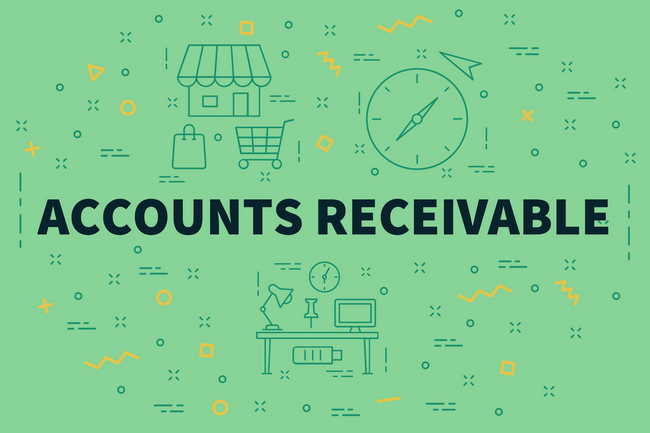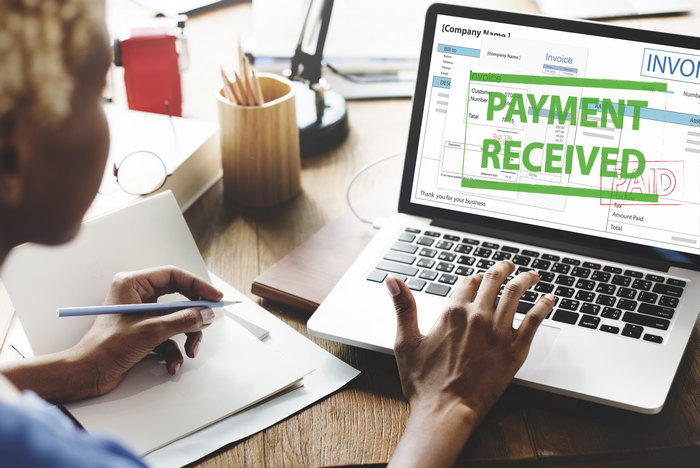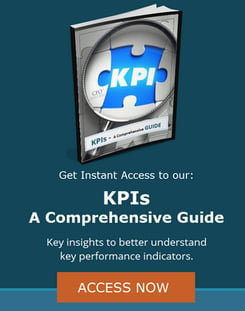Invoice factoring, also known as accounts receivable financing, improves cash flow by selling your company's outstanding invoices to a factoring company for a fee. As with any financial strategy, it's crucial to understand these risks and weigh them against the potential benefits. Invoice factoring can be a powerful tool for improving cash flow, but it needs to be used wisely as part of a well-considered overall financial strategy.
In this article, we review and answer the following questions:
(Each links to your question/answer of interest.)
- Factors to consider when deciding whether to use invoice factoring?
- What are the risks when using invoice factoring?
- What is the average cost of invoice factoring?
- What types of businesses use invoice factoring?
- When should a company use factoring?
- Do factoring companies check credit?
- How do you get your company approved for factoring?
- Why is factoring so expensive?
- How do I get out of a factoring company agreement?
- Do you need a CFO to get invoice factoring?






